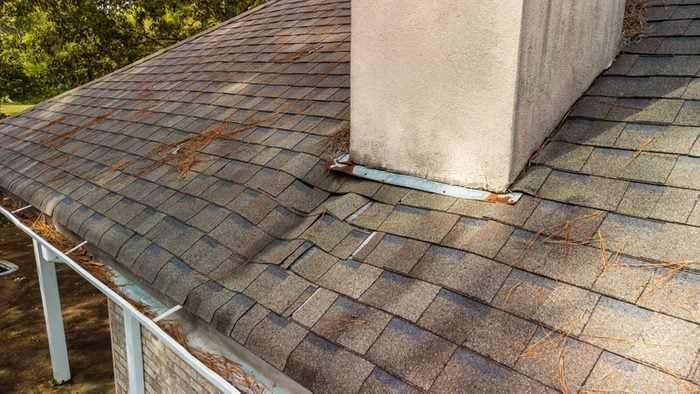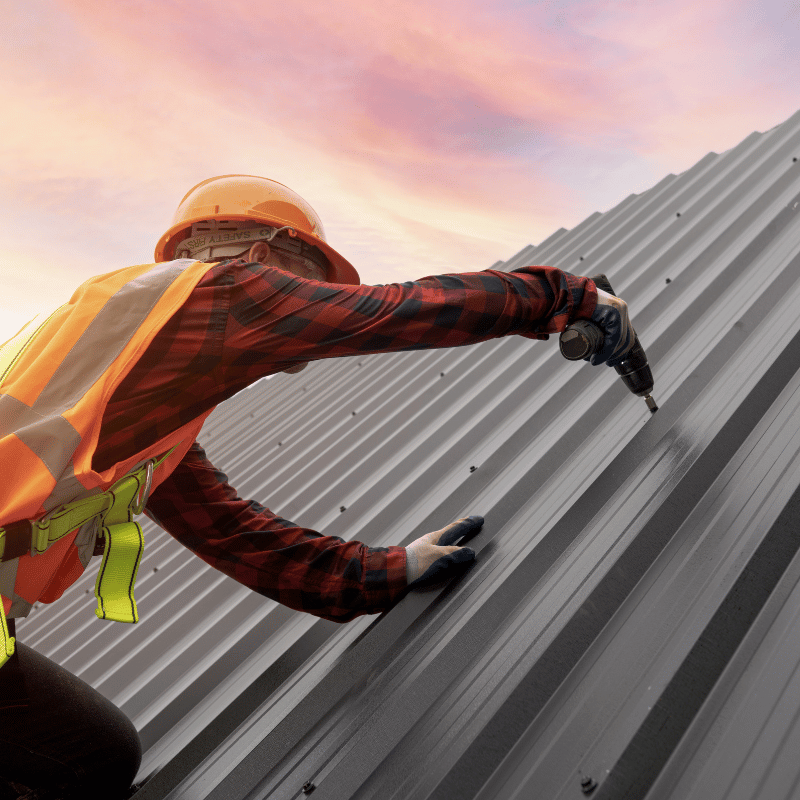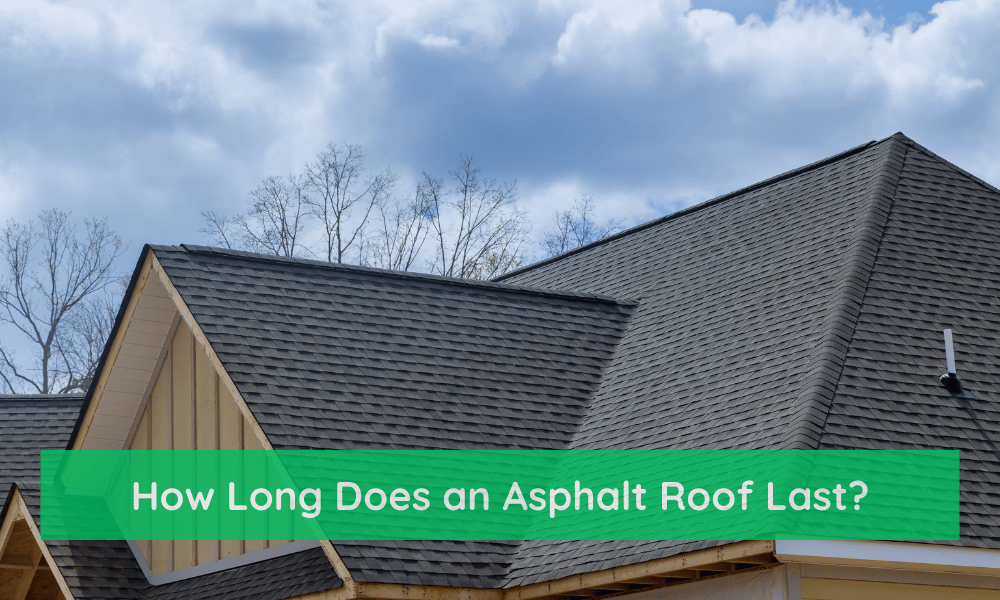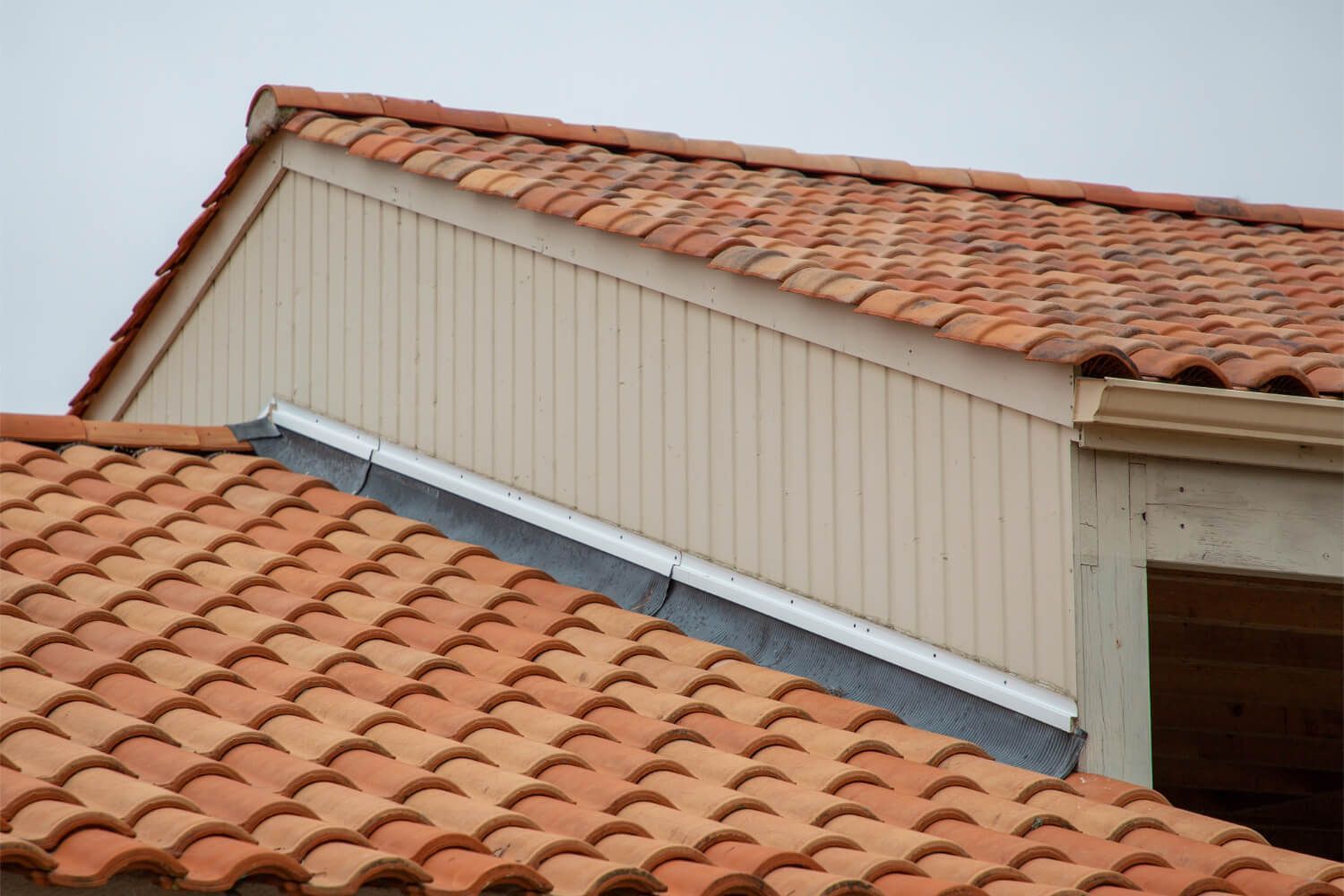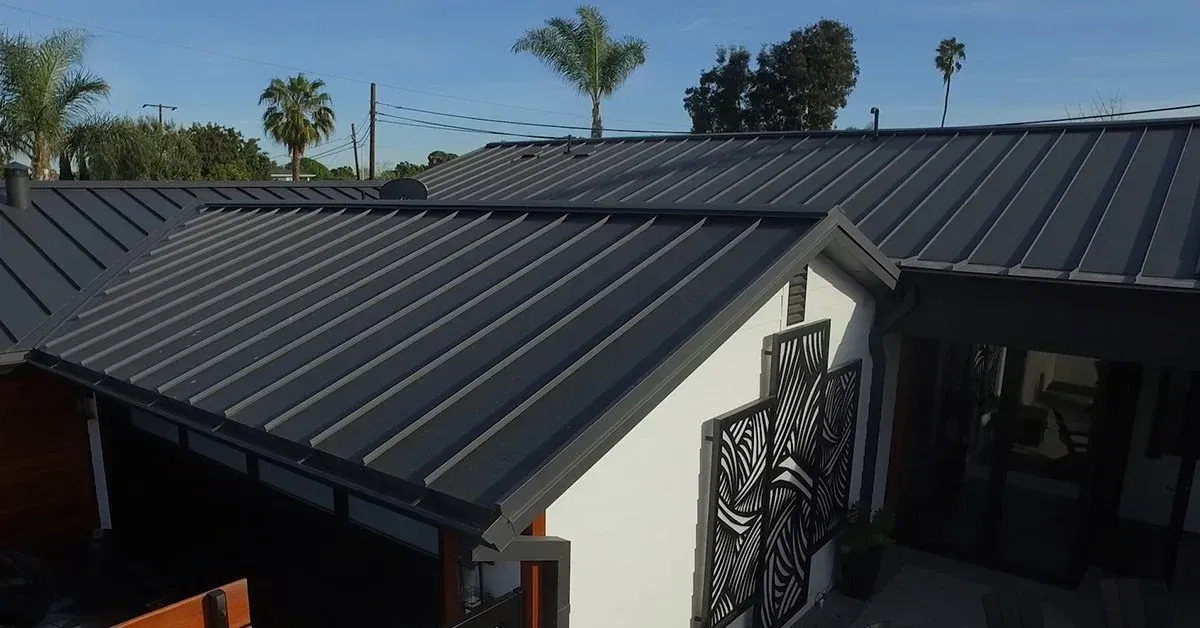Siding is more than just a decorative cladding for your home’s exterior. It helps to think of it as the equivalent of asphalt shingle or sheet metal roofing — the right profile can both define your home’s aesthetics and improve its resistance to the elements. In today’s post, Tony’s Roofcare Inc. shares a quick guide to popular siding profiles.
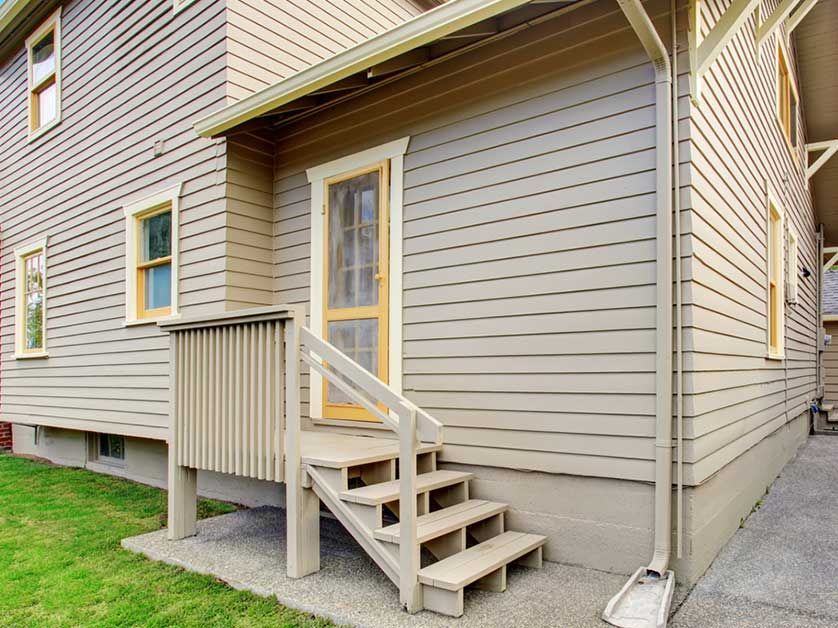
Horizontal Siding Profiles
You’re probably most familiar with horizontal siding, as they’re a prominent feature in many of today’s home styles. The key feature of these profiles is their horizontally-oriented boards that create the illusion of width.
- Traditional lap siding. Also known as clapboard or horizontal siding, lap siding features long, narrow boards that overlap each other. The overlapping parts create a slope that sheds rainwater.
- Dutch lap siding. Dutch lap siding looks like traditional lap siding, but with the addition of a beveled edge at the top of each board that creates a shadow line and a flatter overall look.
- Beveled siding. Beveled siding features a thick bottom edge that tapers towards the top, giving each board a wedge-shaped profile.
Vertical Siding Profiles
Vertical siding adds the illusion of height, which is why they’re typically seen on farmhouse-style homes. They can also be installed on the second and higher stories for the same purpose. Its vertical orientation makes it more efficient at shedding rainwater.
- Board and batten. This siding profile consists of alternating wide and narrow vertical boards — board and batten, respectively — with the latter creating a seal between the wide boards.
- Channel siding. Channel siding has boards with a recessed channel in between. Like in Dutch lap siding, these channels create aesthetically pleasing shadow lines.
- Tongue and groove siding. Tongue and groove is a joinery method where components fit edge-to-edge, creating an almost seamless surface. Tongue and groove siding is vertical siding where the boards are joined almost seamlessly, providing protection against moisture infiltration. Outer edges may be beveled to create a more defined profile.
Shake and Shingle Siding Profiles
Shingling is the oldest method of cladding, which is why you’re more likely to find shingled siding on rustic home styles.
- Shakes. Traditional wood shakes are thick, hand-split wood. The uneven nature of each piece contributes to a hand-built look, making it ideal for cottage-style homes.
- Shingle. The key difference between shakes and shingles is that the latter has more uniform and thinner pieces, which creates a look that’s somewhere between manufactured and hand-cut.
Some of these profiles can be combined to create a more interesting home exterior. If you need help choosing the right siding profile — or profiles — for your home, give our team at Tony’s Roofcare Inc. a call at (253) 881-8743. You can also fill out our contact form to schedule an appointment.
Filed Under: siding POST TAGS: HORIZONTAL | INSTALLATION | PROFILES | SHINGLES | VERTICAL
Recent Posts

